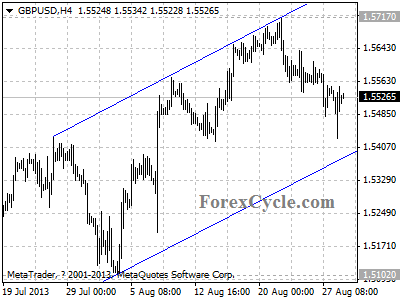From time to time, we reach into our WSD Mailbag to address key concerns from our loyal readers. Well, it’s that time again!
I plan to cut right to the chase with my answers, too. I’m even recruiting some visuals to help convey the most important information.
My goal is for my answers to be informative, instructive and, of course, profitable.
Let me know if I succeed by dropping me a line at [email protected].
While you’re at it, send us some fodder for a future WSD Mailbag column. Any and all comments, questions and biting criticisms are welcome. So cue up the Pat Benatar and hit us with your best shot!
~ Question #1: Do you really think coal is going to rebound? If so, you must be smoking crack.
Nope, my name isn’t Lamar Odom. It’s Louis Basenese. And I hate to break it to you, but I’m no longer the lone contrarian on coal.
This comes straight from the latest issue of Barron’s: “As coal’s supply-and-demand equation improves, the future is glowing brighter for the industry, particularly for the largest private-sector miner of the fuel.”
Barron’s is, of course, talking about Peabody Energy (BTU). And I agree, it “could energize the portfolios of patient investors.”
So be a contrarian and step up to buy shares before the trade suddenly becomes popular, at which point it’ll be too late.
~ Question #2: What are your thoughts about the Hindenburg Omen being triggered again? Is it time to bail completely on stocks?
The words of Barry Ritholtz of The Big Picture blog on this topic are too priceless to not share again. (To relive the first time, go here.)
He says that the Hindenburg Omen is “a common pick-up line at permabear cocktail parties, good for attracting sexual partners but of little use for anything else.”
He’s so right. And this chart proves it.

“If you shorted the market on every [Hindenburg] signal, your portfolio would have gone down like a Led Zeppelin,” says Blaine Rollins of 361 Capital.
In the face of such evidence, how could I possibly be concerned about the Hindenburg Omen being triggered again? Unless you think it’s going to be different this time, which it never is.
~ Question #3: What other evidence do you have besides the Gallup unemployment data to support the “Fed taper” not starting in September?
How about gold prices? No taper means more inflationary pressures, which manifests in higher gold prices. And guess what? Gold broke above $1,400 per ounce this week, officially entering bull market territory again.

Granted, some of the rebound can be attributed to the escalation of tensions in Syria and rising demand for physical gold. But not all of it.
As the Financial Times points out, the recent reversal comes on the heels of “witnessing a 26.3% plunge in the first half of the year, as investors began to anticipate the move to taper.”
In other words, gold is sensitive to expectations about the Fed. And right now, the strength in the gold market points to more money printing ahead.
Or as Art Cashin, Director of Floor Operations at UBS Financial Services (UBS), says, “Unless [Bernanke] gets a miracle with the non-farm payrolls, I think it’s going to be tough to justify tapering.”
Forget “tough.” Try “impossible,” Art.
~ Question #4: You normally update us on overall earnings season stats throughout the reporting period. Yet you’ve been mum lately. Were they so terrible that you can’t bear to tell us?
You got me… Psych!
Earnings actually came in ahead of expectations. Or as Bespoke Investment Group said, “Overall, it was a pretty good earnings season.” Indeed!
S&P 500 companies reported profit growth of 2.1%. Mind you, at the start of the reporting season, analysts only expected growth of 0.6%. (Swing and a miss… again.)
In terms of the earnings beat rate, it checked in at 62.2%, the highest level since the fourth quarter of 2010, according to Bespoke.

Meanwhile, the revenue beat rate checked in at 56.6%. That’s stronger than three out of the last four quarters.

If you’re looking to put new money to work in the most fundamentally solid companies – ones that beat earnings and revenue expectations, and raised guidance – look no further.
NQ Mobile (NQ), Sapient Corp. (SAPE) and Movado Group (MOV) all earned the rare “triple-play” distinction and warrant your consideration. Yes, they’re all small caps. And there’s a good reason for it (see here).
~ Question #5: I couldn’t bring myself to jump into cheap Japanese stocks when you recommended doing so. Ditto for Europe. Now I’m kicking myself for not following your contrarian advice. Do you have another big contrarian trade lined up?
If I did, you’d probably be too chicken to act on it. You’re in luck, though.
There actually is another big contrarian trade setting up in the markets. And I’ve found a way to profit from it with zero downside risk. (That’s not a typo.) And no, it’s not too good to be true.
I plan to share all the details next week. So stay tuned.
Ahead of the tape,
Louis Basenese
The post Five Urgent Questions, Five Succinct Answers appeared first on Wall Street Daily.
Article By WallStreetDaily.com
Original Article: Five Urgent Questions, Five Succinct Answers










